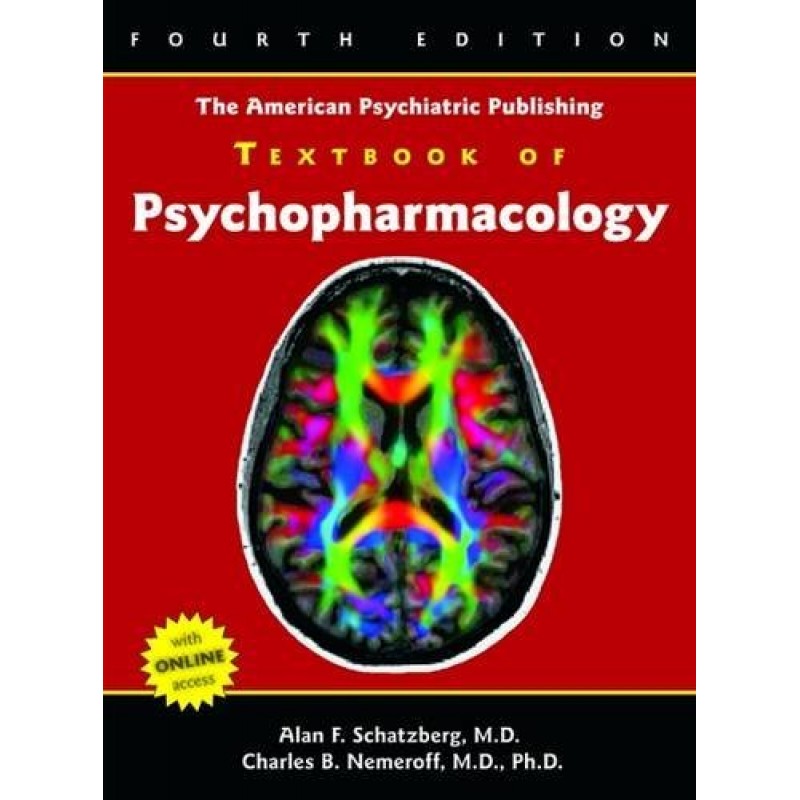The American Psychiatric Publishing Textbook of Psychopharmacology, 4ed 2009
- ISBN: 9781585623099
- Εκδότης: American Psychiatric Association Publishing
- Σελίδες: 1823
- Έτος Έκδοσης: 2009
119,00€
238,00€
Χωρίς ΦΠΑ: 112,26€



